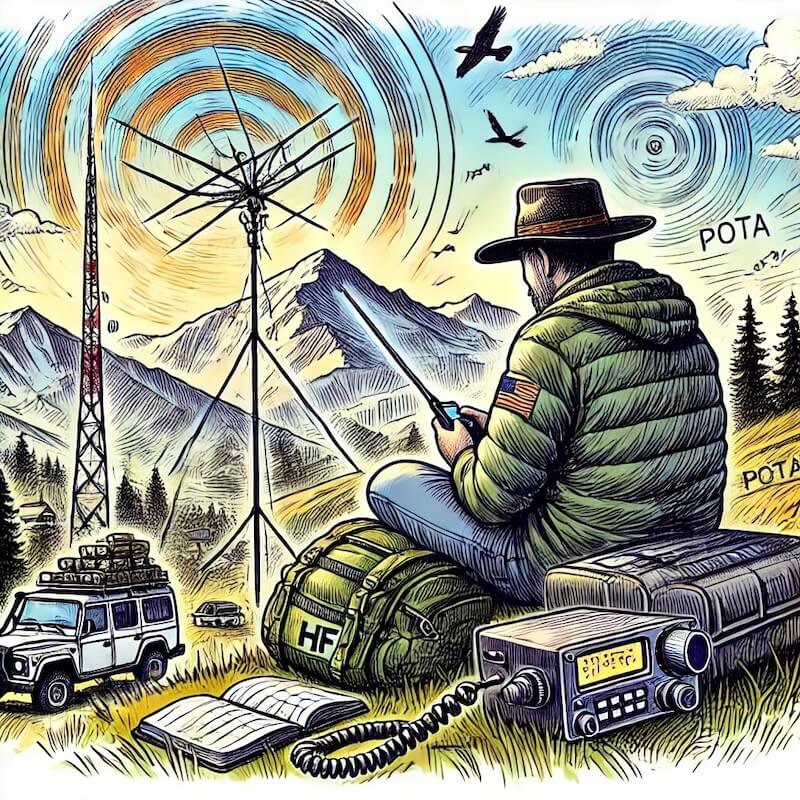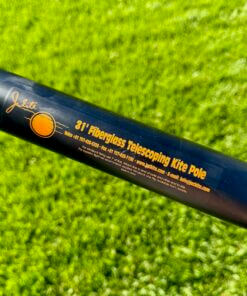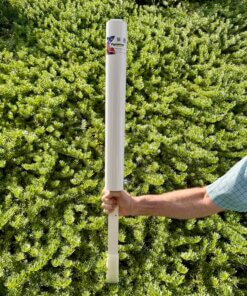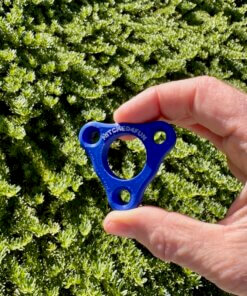Imagine you’re perched on a windswept summit, your radio crackling to life as you connect with a fellow ham radio operator halfway across the United States. Or picture yourself in a sprawling national park, setting up a portable ham radio station for a Parks on the Air (POTA) event. Your call sign bouncing through the radio spectrum as you log a new contact. For Licensed Amateur Radio Operators who live for mobile and field work—think Summits on the Air (SOTA), Field Days, or Emergency Communications. Ham radio isn’t just a hobby; it’s a thrilling blend of adventure, technical mastery, and community spirit. So, what is ham radio, and why does it hook radio amateurs worldwide? Let’s dive into the airwaves and find out.
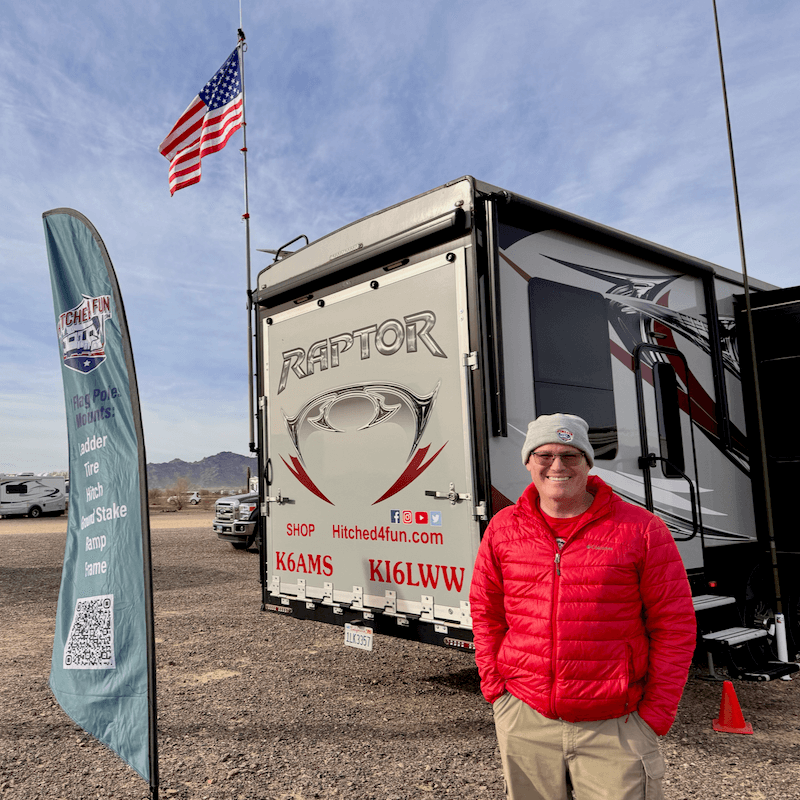

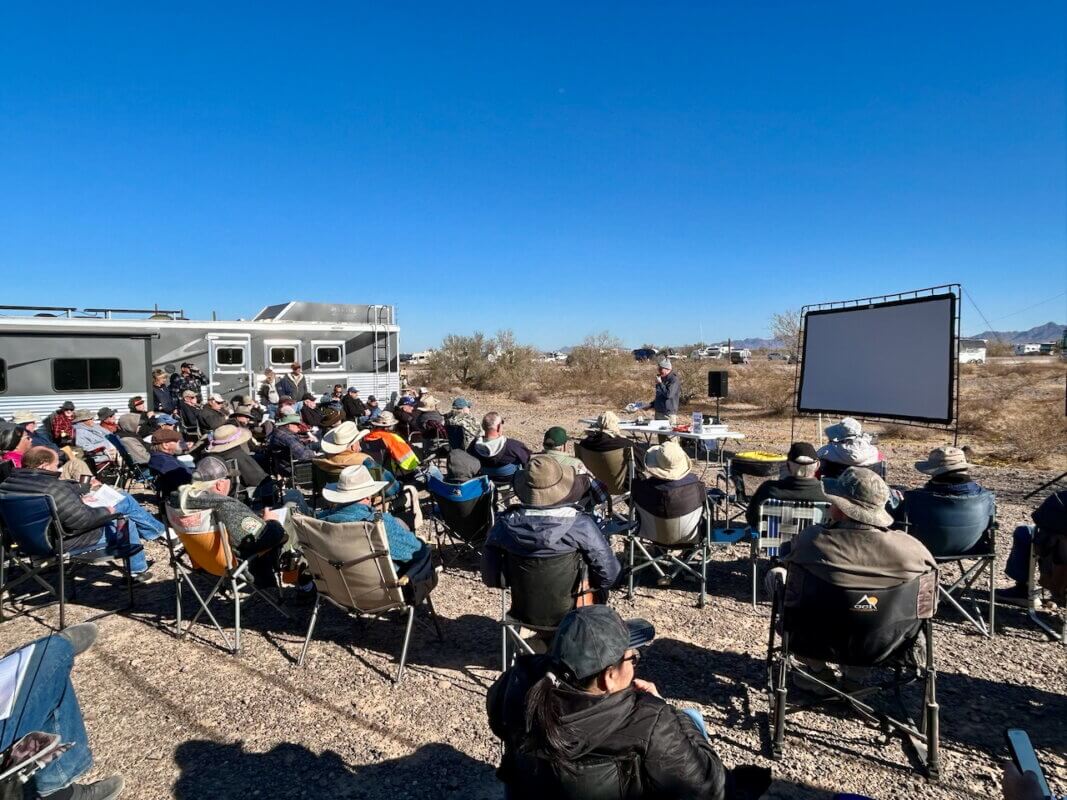
What Exactly Is Ham Radio?
Ham radio is formally known as amateur radio service. It’s a global playground for radio enthusiasts. These folks are called ham radio operators. They use the radio spectrum to chat, experiment, and save the day. The Federal Communications Commission (FCC) oversees it in the United States. It’s not about spinning tunes like FM stations. It’s a hands-on pursuit instead. Operators earn an amateur radio license. They do this by passing an exam. This license lets them talk across continents. They can bounce signals off the International Space Station. They can even tap out Morse code. This might happen on a quiet night in the field.
The term “ham” has quirky roots. Some tie it to “ham-fisted.” That’s a lighthearted dig at early operators’ rough skills. Today’s hams aren’t clumsy. They’re sharp and resourceful. Many are in their 40s to 60s. They love the outdoors. They have a knack for problem-solving and feel a deep connection to fellow radio amateurs. At Hitched4fun.com, we’re with you. We’re built by RVers and hams. We’re built for RVers and hams. We bring over 20 years of experience. Our gear is tough. It’s practical. It’s ready for your next field adventure.
Why Do Ham Radio Operators Love Field Work?
For hams who chase mobile and field ops, the appeal is a perfect storm of challenge, connection, and pure fun. Whether you’re a SOTA enthusiast hauling radio antennas up a mountain, a POTA buff activating a new park, or a Field Day regular testing your setup under the stars, here’s what keeps this crowd hooked:
- Adventure Meets Tech: There’s nothing like erecting a portable antenna on a rocky peak or wooded campsite. It’s you, your gear, and the open airwaves—reliable radio communications become your bridge to the world.
- Community Vibes: Events like Field Days, often organized by the American Radio Relay League (ARRL) or local amateur radio clubs, turn solo ops into a social affair. You’ll swap stories, share call signs, and maybe even grill a burger while the radios hum.
- Emergency Readiness: When cell towers fail—think storms, floods, or wildfires—ham radio operators step up. Emergency communications via ham radio have saved countless lives, making it a must-have skill for preppers and community heroes.
- The Thrill of the Chase: Hearing “CQ CQ” crackle through your ham radio station as you snag a rare contact—maybe from across the United States or via a satellite—is a rush that never gets old.
But here’s the rub: shaky setups, unclear instructions, or gear that can’t handle a gust of wind can derail the experience. That’s why at Hitched4fun.com, we’ve poured our field-tested know-how into durable, hassle-free solutions—think tangle-free radio antenna masts and kits that get you on the air fast, no frustration required.
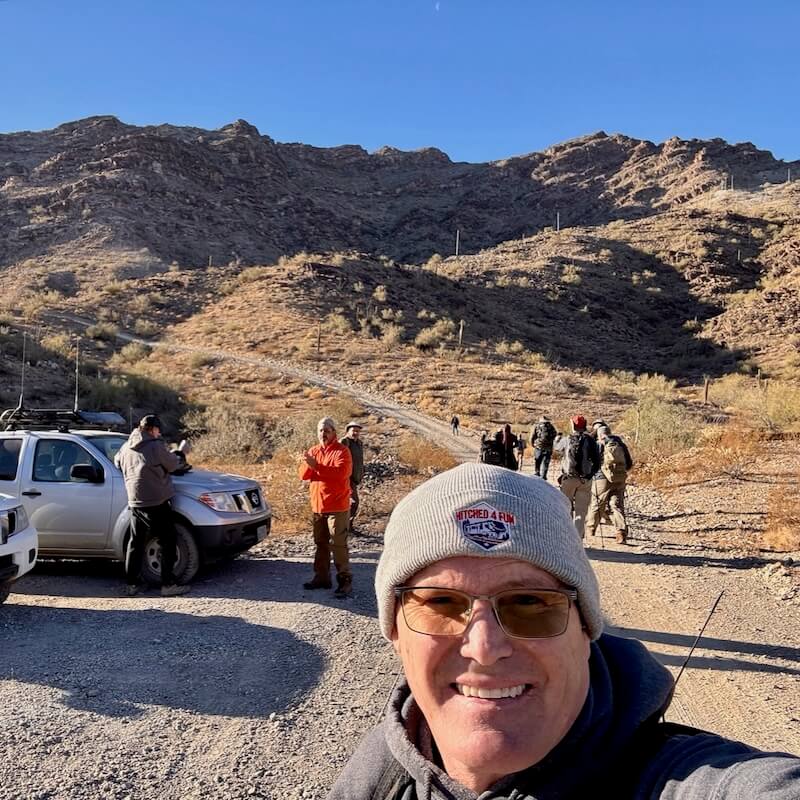
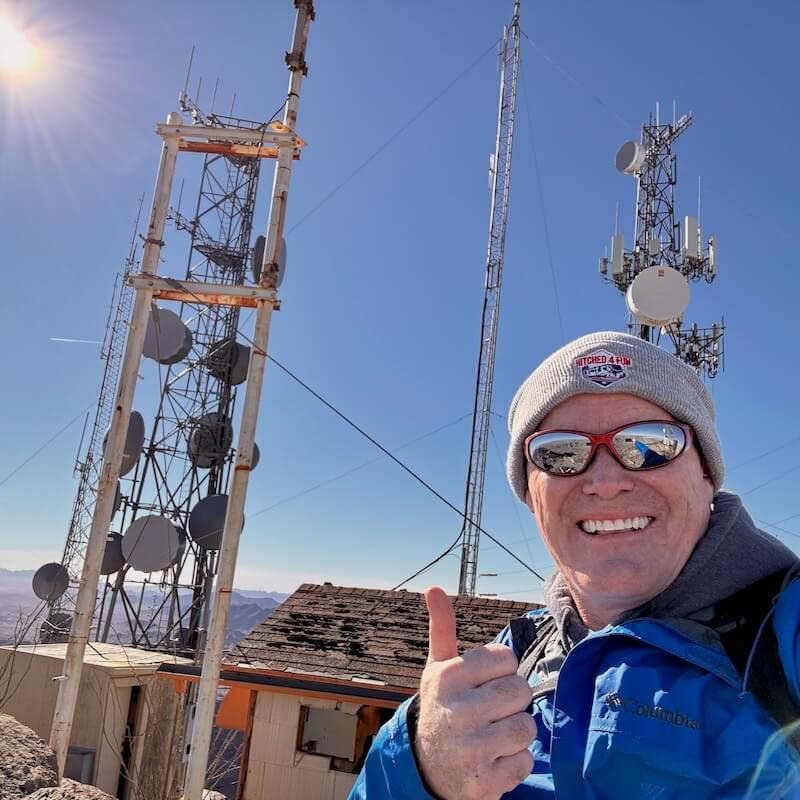
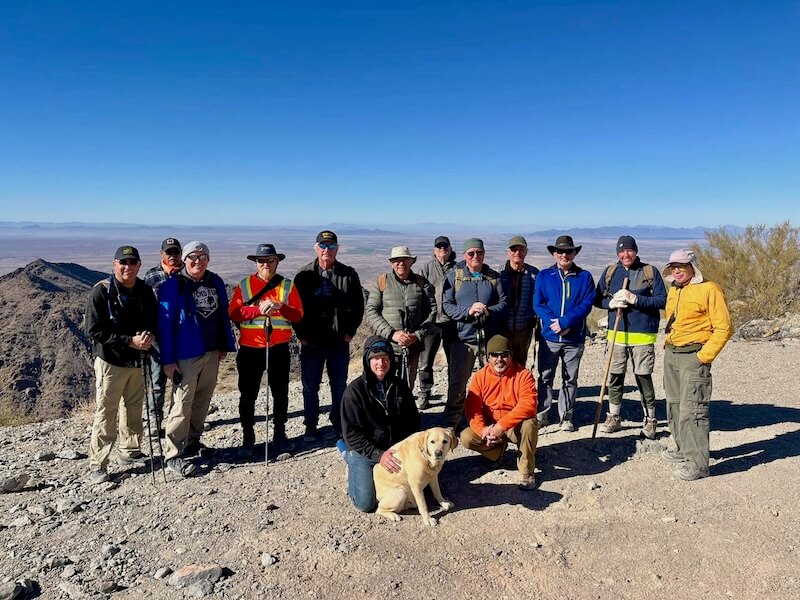
How Do You Get Started with Ham Radio?
Ready to join the ranks of amateur radio operators and hit the field? It’s easier than you might think, even if terms like “radio spectrum” or “call sign” sound foreign right now. Here’s your step-by-step guide to breaking into ham radio:
- Pass the Exam: The FCC mandates an amateur radio license, which you earn by passing an exam through local amateur radio clubs or the ARRL. Brush up on basics like radio spectrum rules, safety protocols, and maybe even Morse code (it’s optional but a fun flex). Study resources abound online or at club meetups—start simple and build confidence.
- Pick Your Gear: For field work, you’ll want a portable ham radio station and a sturdy antenna. Our kits at Hitched4fun.com are designed for off-grid life—many made in the USA—with setups so intuitive you’ll be chatting in minutes, not hours. Skip the flimsy stuff; quality matters when you’re miles from civilization.
- Get Your Call Sign: Once licensed, you’ll score a unique call sign—your personal ID on the airwaves. It’s like a badge of honor among hams, instantly recognizable to operators worldwide.
- Hit the Airwaves: Start with a local net, then branch out to SOTA, POTA, or Field Days. Our expert support team—real hams who’ve logged hours in the field—is just a call away with pro tips to make your first contact seamless.
Don’t let budget hold you back. Our value-priced bundles at Hitched4fun.com pack premium quality into every dollar—perfect for hams who’d rather invest in gas for the next summit than overpriced gear from big-box stores. Bonus: you’ll dodge the trial-and-error headaches others face with subpar equipment.
What Makes Hitched4fun’s Gear Stand Out for Field Hams?
Field work isn’t forgiving—your gear needs to match your grit. Here’s why thousands of happy hams trust Hitched4fun.com for their mobile and field ops:
- From Hams to Hams: Designed by operators who’ve sweated it out at the International DX Convension, Quartzfest, Pacificon, and Field Days—not faceless execs who’ve never touched a radio. Look up our owner’s call sign, K6AMS.
- Premium Durability: Built to shrug off wind, dust, and rain—because flimsy designs buckle when you’re 10 miles from the nearest road.
- Hassle-Free Setup: Clear guides and tangle-free designs mean you’re talking, not troubleshooting, even in a rush before dusk.
- Specialized Extras: Exclusive accessories tailored for SOTA, POTA, and emergency comms—stuff you won’t find on generic shelves.
- Community Cred: We’re a trusted name at Amateur Radio Festivals and on Ham Nation, bringing field leadership you can count on.
Picture yourself at a POTA site: while others wrestle with wobbly poles or cryptic manuals, you’re live in minutes, chatting across the United States and World with flawless radio communications. That’s the Hitched4fun edge—gear that works as hard as you do, backed by a team that lives the ham life.
The Future of Ham Radio: What’s Next by 2030?
Ham radio isn’t a relic—it’s charging into the future. By 2030, expect lighter, smarter portable gear, deeper ties to digital modes like FT8, and more hams linking up via satellites or even the International Space Station. The community’s growing too, with younger operators joining the ranks, drawn by the mix of old-school Morse code and cutting-edge tech. At Hitched4fun.com, our vision is to lead that charge, innovating gear that enhances your field experiences year after year. Limited stock on our latest kits means now’s the time to act—don’t wait until they’re gone and you’re stuck with second-best!
Ready to dive into ham radio and level up your field game? Explore our amateur radio collection at Hitched4fun.com and join a community that’s all about quality, trust, and the thrill of the airwaves. Click now—your next summit, park, or emergency call is waiting!
FAQs
Pass the FCC exam and grab a beginner-friendly kit from Hitched4fun.com—built for field ops like you.
Our stuff’s designed by hams, tested in the wild, and priced to save you money—check it out!
Absolutely! Our durable, portable setups are perfect for summits and parks—shop now.
It’s a lifeline when cell towers fail—our kits keep you connected, no matter what.
Ours! Tangle-free, tough, and easy to set up—see why hams love them at Hitched4fun.com.
Hashtag List for Social Sharing
#HamRadio #AmateurRadio #SOTA #POTA #FieldDay #EmergencyComms #Hitched4fun #RadioAmateurs #HamLife

